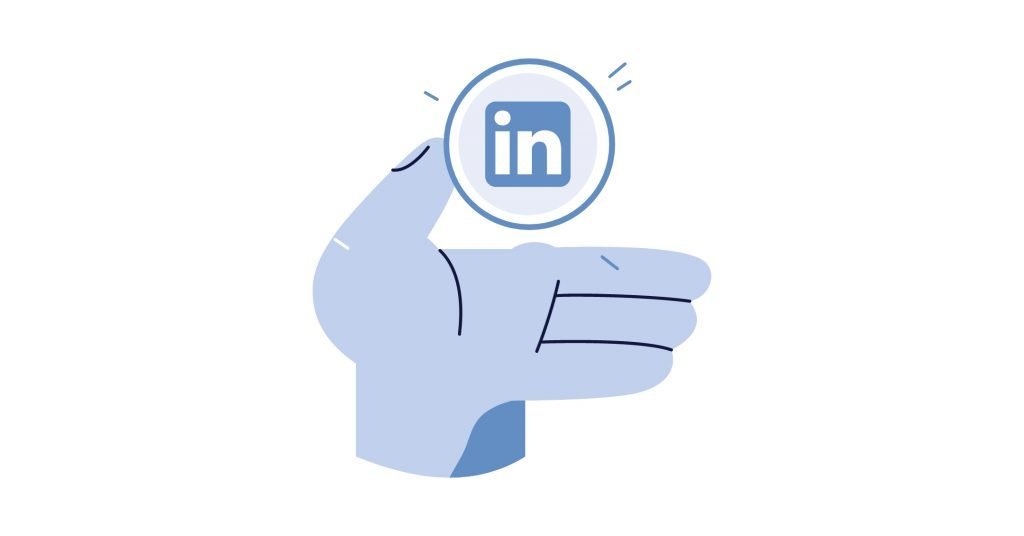Are you tired of manually sifting through endless LinkedIn profiles to find the right connections or leads?
Imagine if there was an easier way to gather the most relevant data without much effort.
A LinkedIn scraper applies in this respect.
Using this powerful tool correctly will help you streamline your networking and outreach processes in finding value prospects, and that too in no time.
But how would you make the most of it?
That depends on how you understand maximizing without getting LinkedIn to ban you under their usage policies. Whether marketing, recruitment, or business, learning to use a LinkedIn scraper will transform your workflow.
Ready to unleash the beast of automated data extraction?
In this article, learn how to get the most out of your LinkedIn scraper in 6 easy steps!

1. Define Your Goals and Audience
Maximize your usage with LinkedIn scraper by stating your objectives and target audience- whether you need job postings, company information, or networking- so you can know what specific data you need.
This advanced capability for search filtering on LinkedIn enables you to narrow your results by location, industry, job title, or company size.
By targeting the most relevant audience only, you avoid information overload and ensure you’re collecting data that serves your purpose.
This saves time and resources by making your scraping activities more productive and appropriate.
Be it research or lead generation, knowing your purpose at the very outset allows you to collect quality data and not just scrape volumes of irrelevant information unthinkingly.

2. Set Up Your Scraper with Relevant Filters
Set up your scraper to have the proper filters that will enable the tool to scrape only relevant data and not anything more, which may lead to inefficiency.
Scraping redundant information wastes resources and could be against the terms of LinkedIn. This is filtered by a job function, company size, or location to narrow down the results.
Most scraping tools also allow you to target specific profiles, companies, posts, or groups. These features will help you narrow the search and ensure you’re collecting valuable data toward your goals.
This will, in turn, make you stay efficient and compliant with any regulations to enhance the effectiveness of your LinkedIn scraping activities.
3. Limit Data Extraction To Avoid Overload
You should limit the data you scrape in one session to avoid getting the automated systems on LinkedIn too suspicious and avoid account flags or bans.
Scrape no more than 100-200 profiles a day. Most of these scraping tools have settings that will let you limit the number of records you extract per day or session, so be sure to set these to pace your activity.
Breaking your scrape into smaller, manageable sessions helps you avoid going over the usage limits set by LinkedIn and minimizes the possibility of getting detected.
This will keep your scraping smooth and compliant.
4. Extract Only the Information You Need
Be choosy while gathering data to make the most of your scraper. Let the scraper pull essential data like name, job title, company, and most important contact details from a person matching your objective.
Avoid using people’s e-mail or telephone numbers unless the tool allows it and unless the usage respects privacy laws such as GDPR. This will help you stay within the regulations and gather only helpful and related data for your purpose. Being focused and ethical will get you the best scraper while minimizing legal risks.
5. Schedule Your Scraping to Avoid Suspicion
Scheduling your scrape sessions is vital to avoid detection and minimize the risk of your account being flagged by LinkedIn.
Continuous or peak hours of scraping might trigger the automated monitoring systems on LinkedIn, which could lead to penalties.
To reduce this, you must set up a schedule that spreads your scrape activities throughout the day or week. This is because most scraping tools have an automation feature, letting you run sessions during off-peak hours when LinkedIn hardly notices this unusual activity.
Furthermore, spacing out your scraping tasks and not trying to do mass extractions will make it seem like natural actions are being performed; hence, the account would be kept safe from ban scrutiny.
6. Review and Clean the Data Regularly
After data collection, it’s important to continuously revisit and clean the data to maintain quality and usability.
Raw data obtained by scraping often contains duplicates, entries of irrelevant data, or inaccuracies in the data entry, which may bring down the value in your possession.
Excel, Google Sheets, or a CRM system can help you effectively organize, filter, and clean your data. That would involve removing the duplicates, correcting errors, and structuring information to your requirements.
Clean data forms the backbone of successful outreach, analysis, and decision-making. Regular review and refinement are the ways to ensure that only the most relevant, correct, and timely information gets used in your efforts.
Conclusion
These six simple steps guarantee maximum efficiency in your LinkedIn scraper and maintain its compliance with the guidelines provided by LinkedIn.
The exact definition of goals, integration with CRM, and limiting the quantity of data extracted make your work more focused and efficient.
Pre-scheduling the scraping sessions and cleaning the data occasionally will keep the process smooth and error-free.
These precautions, in turn, will enable you to move faster with minimal risks in outreach and networking, changing the way you collect and use LinkedIn data.
Are you ready to take your LinkedIn strategy to the next level?
Start scraping smart today!

